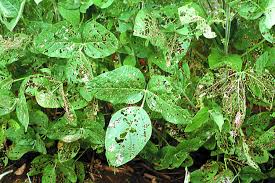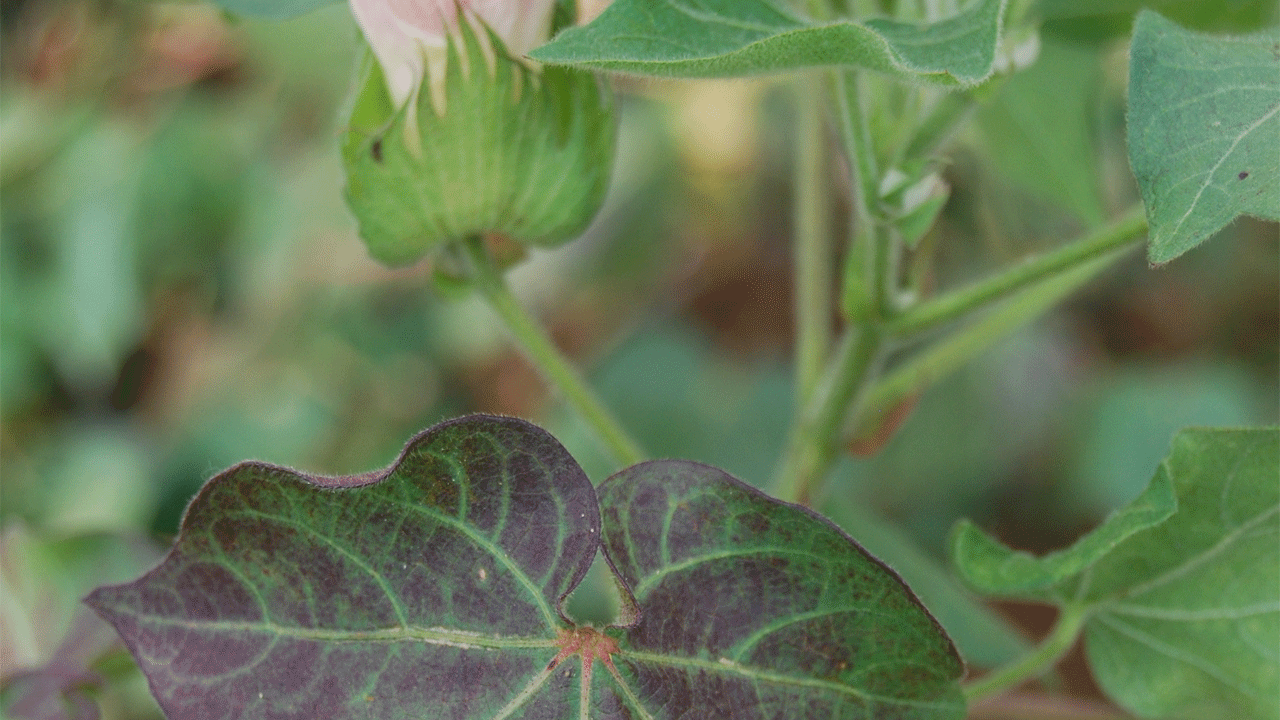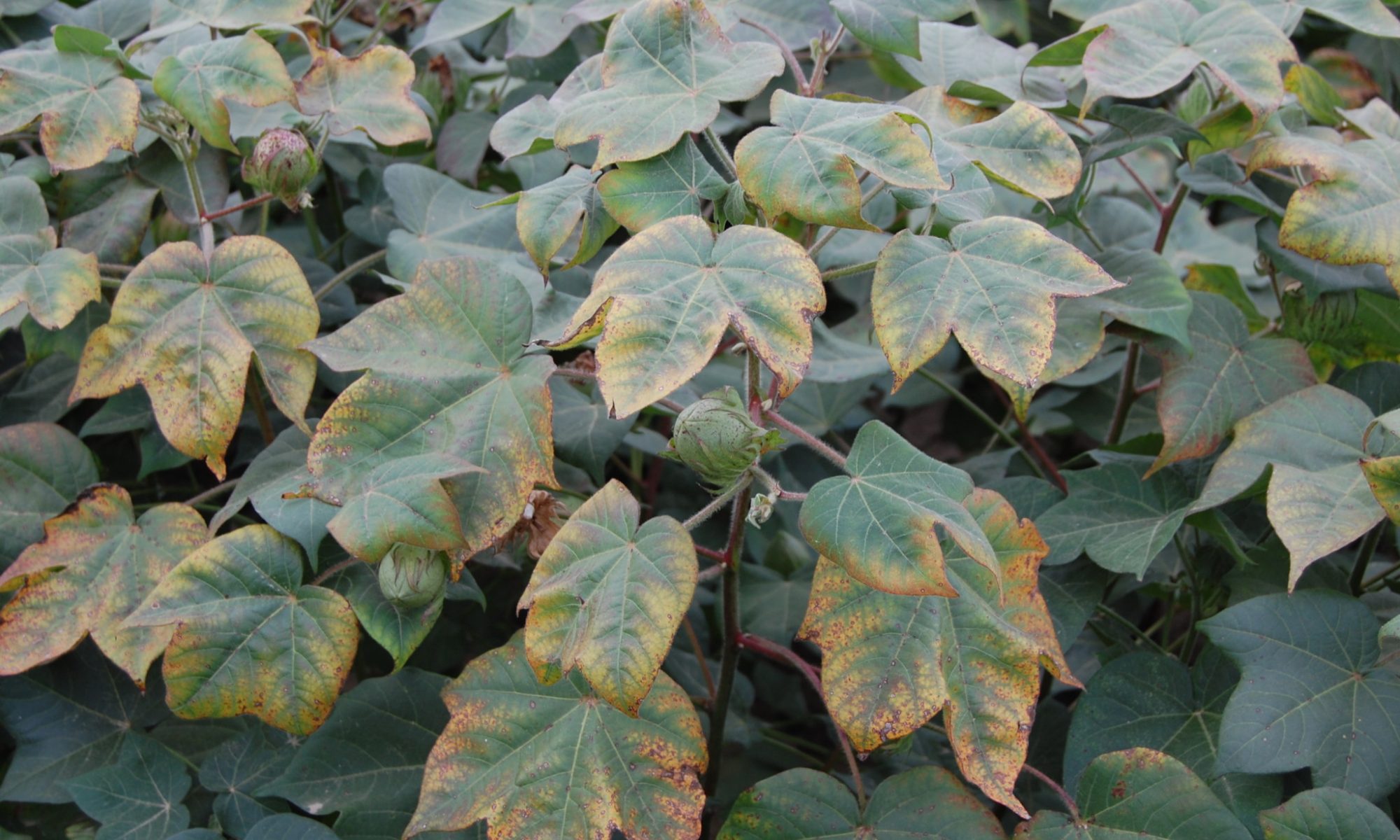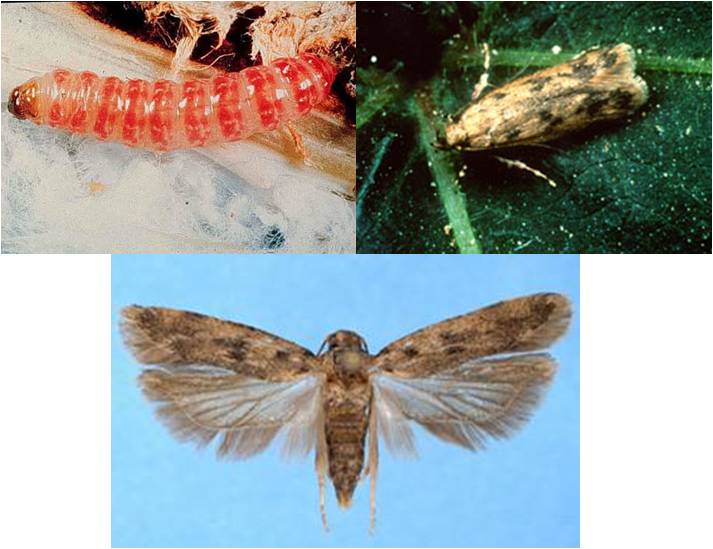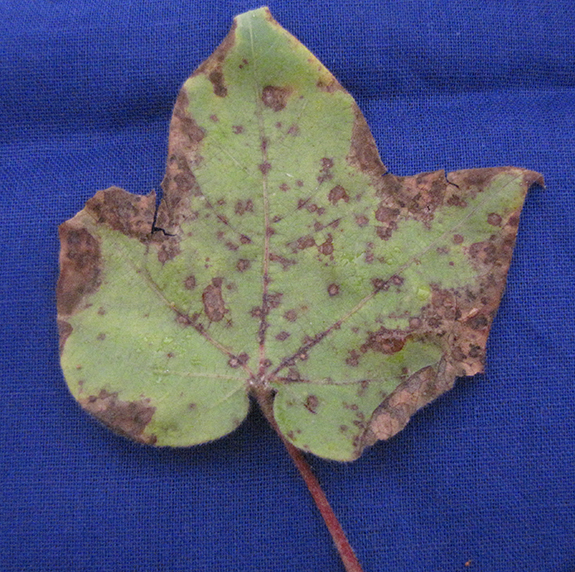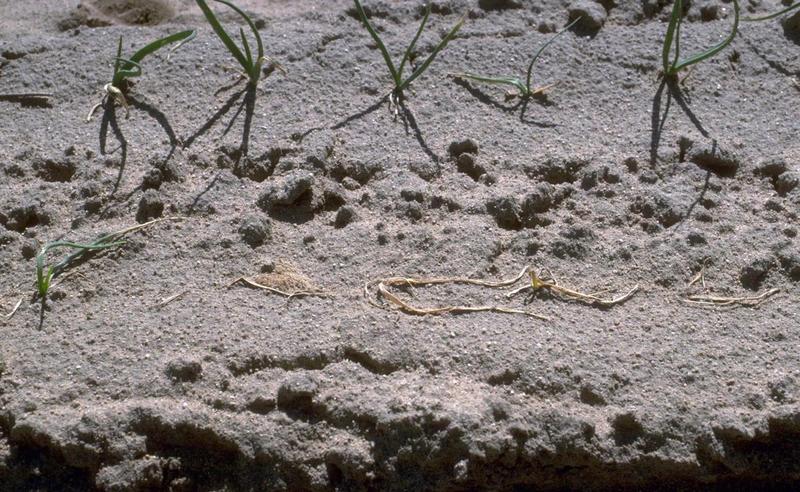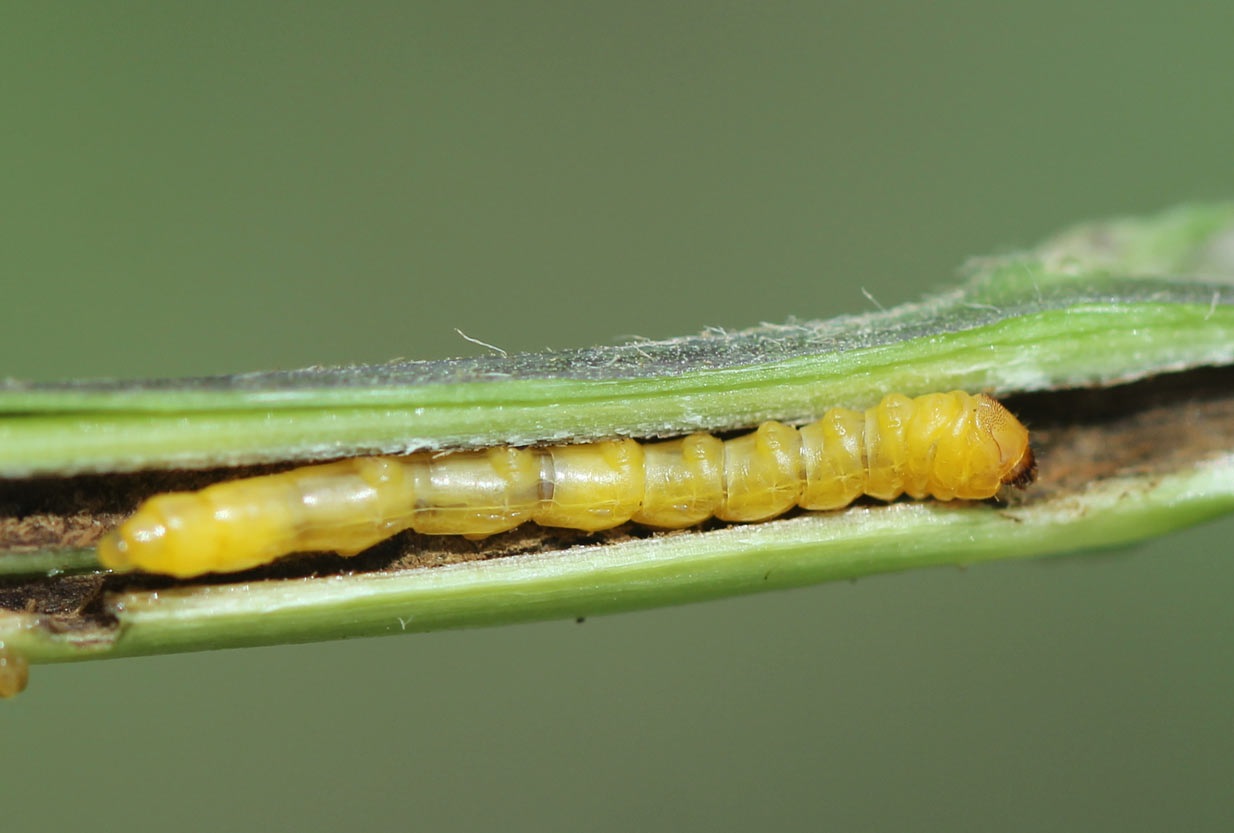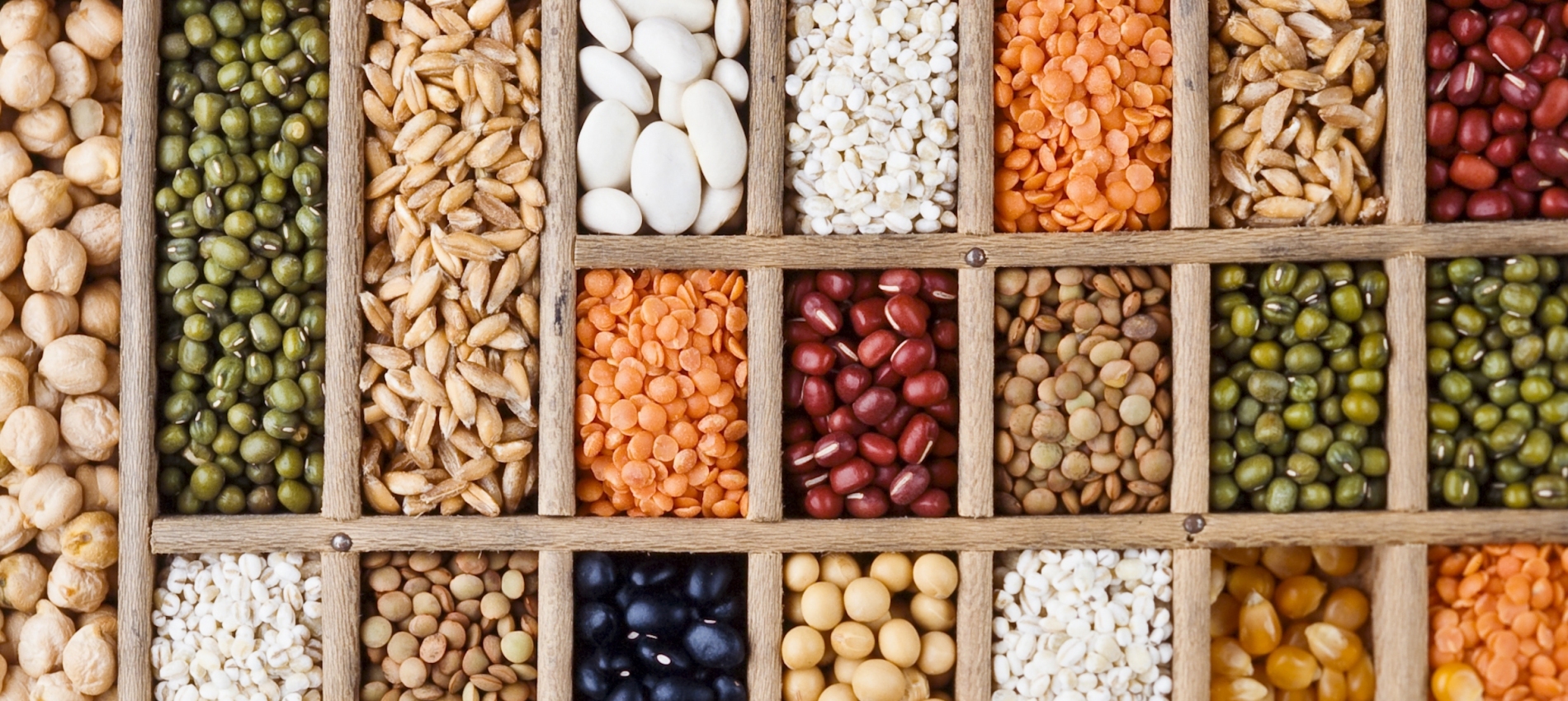| Symptoms of damage: – Larvae feed on the chlorophyll of the leaves. The eaten leaves give the appearance of whitish yellow web. |
Management
- Deep summer ploughing.
- Avoid pre-monsoon sowing.
- Optimum seed rate (70-100 kg/ha) should be used.
- Collect and destroy infested plant parts, egg masses and larva.
- Install sex pheromone trap @10 traps/ha for early deduction of the pest.
- Erection of bird perches @10-12/ha.
- Field Sanitation;Remove the infested plant parts at least once in 10 days and bury them in compost pit to monitor and reduce the populations of tobacco caterpillar. Traps are used for monitoring the pest situation.
- Install five sex pheromone traps per hectare (change septa after 3 weeks), specific for male adults of tobacco caterpillar (separate pheromone for each).
- Apply Profenophos 50 % EC@ 400 ml/acre or quinalphos 25% EC @ 400 ml/acre
- In case of severe infestation apply Emamectin Benzoate @ 80 Gm/acre
Like and share with other farmers by clicking on button below
Share
